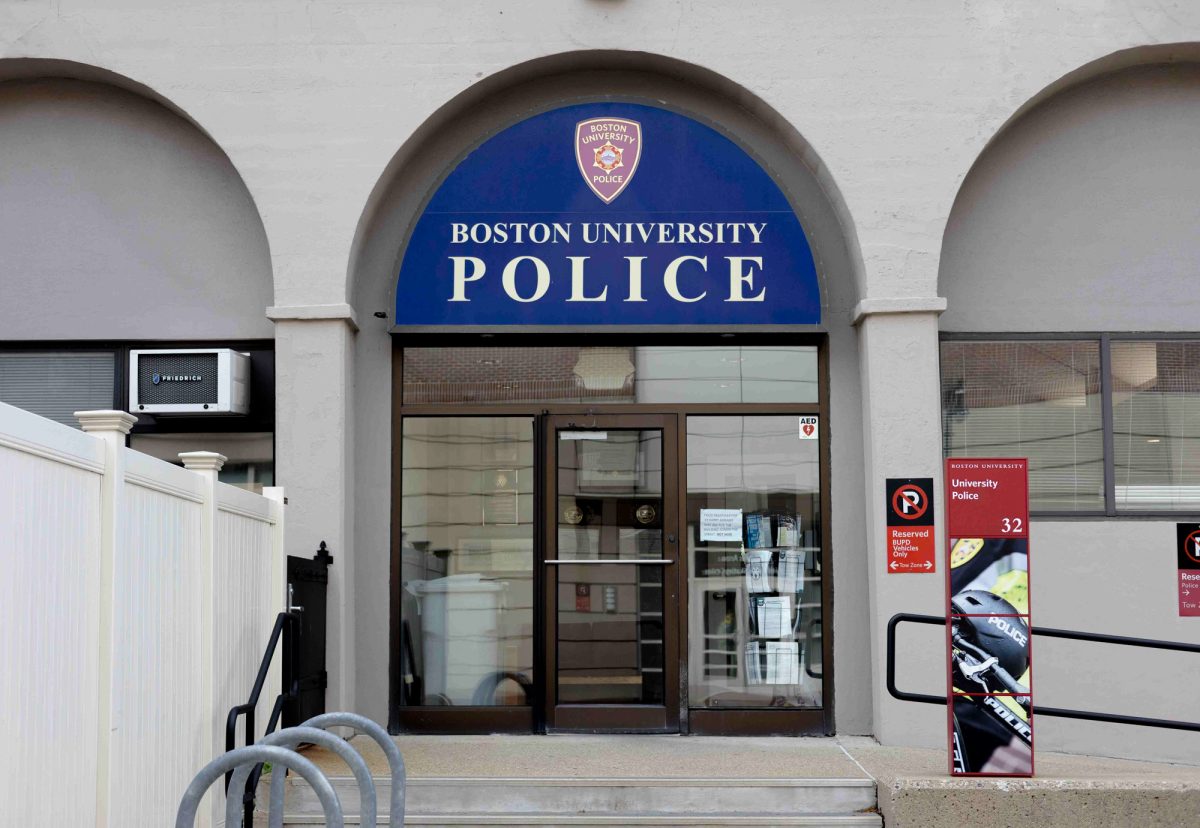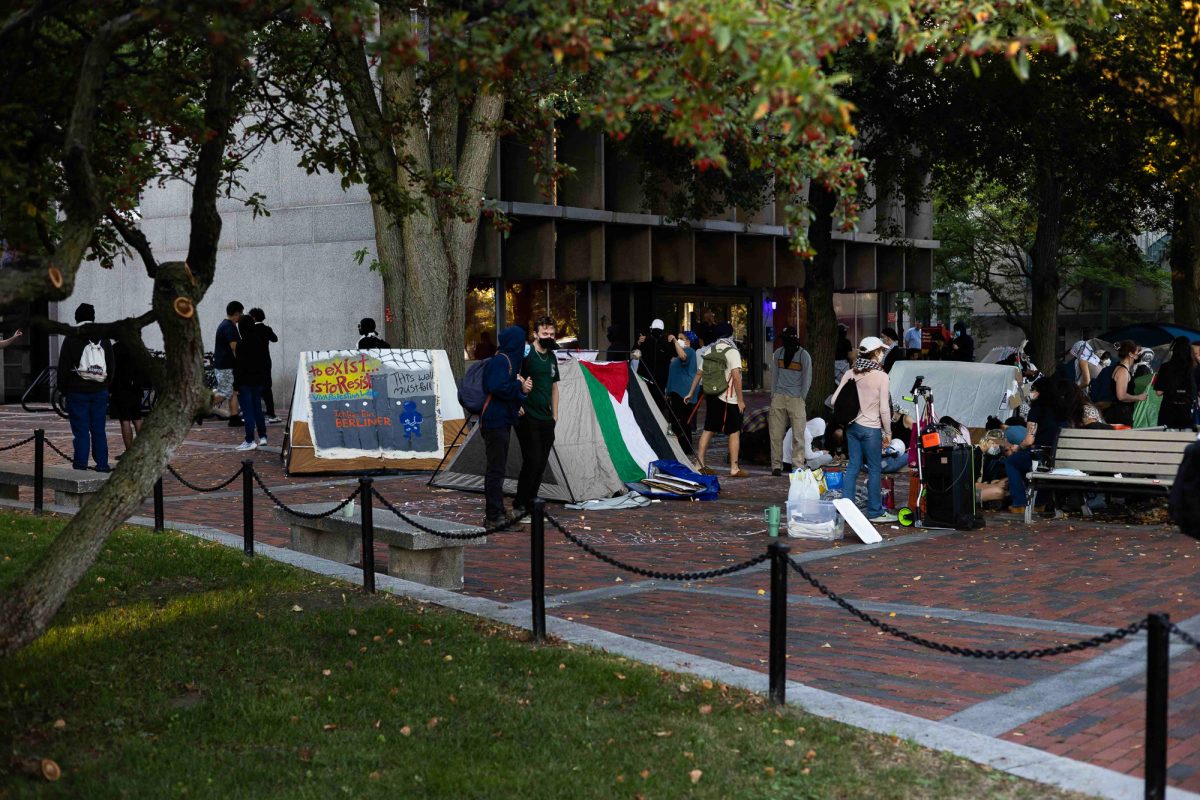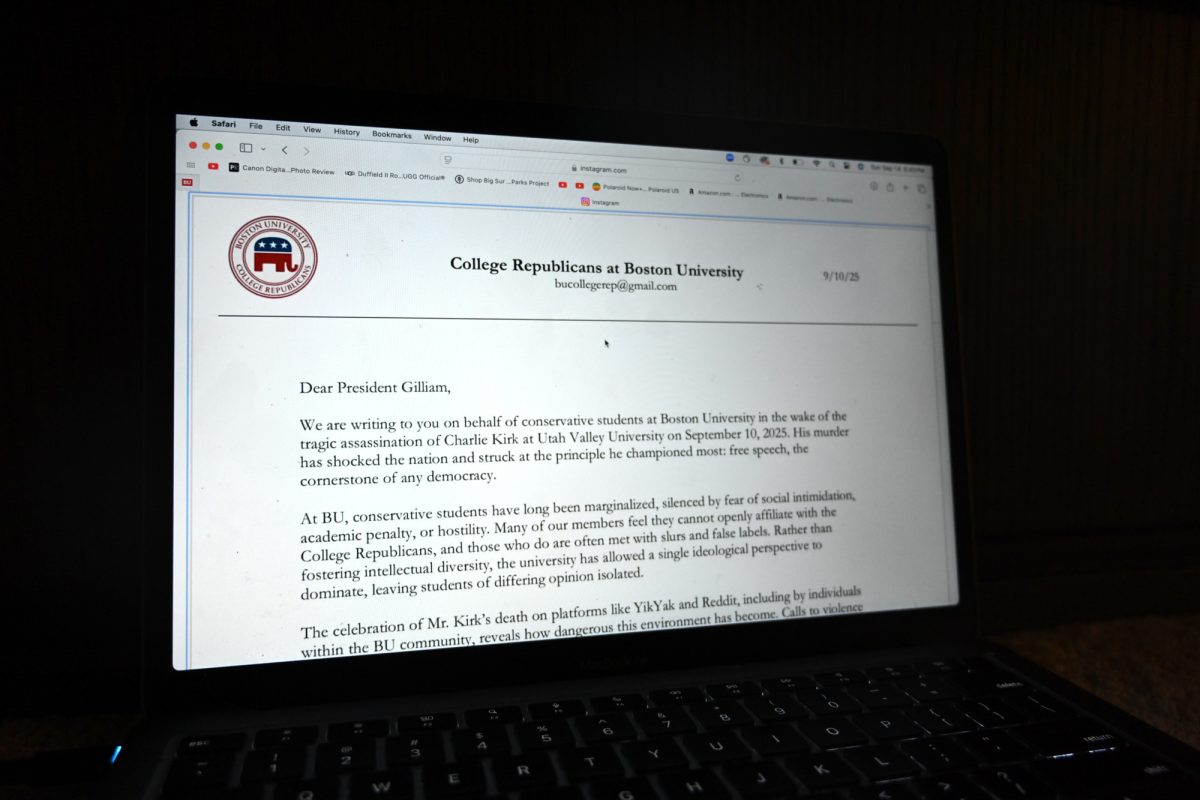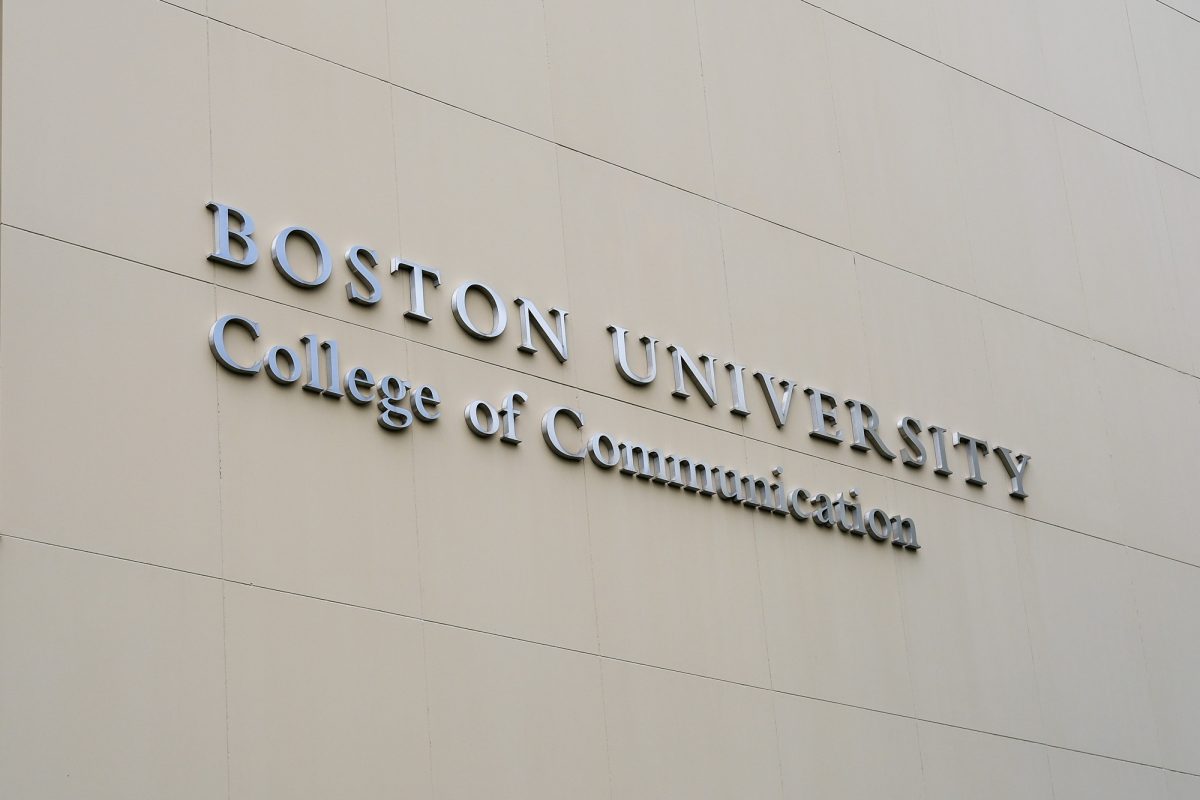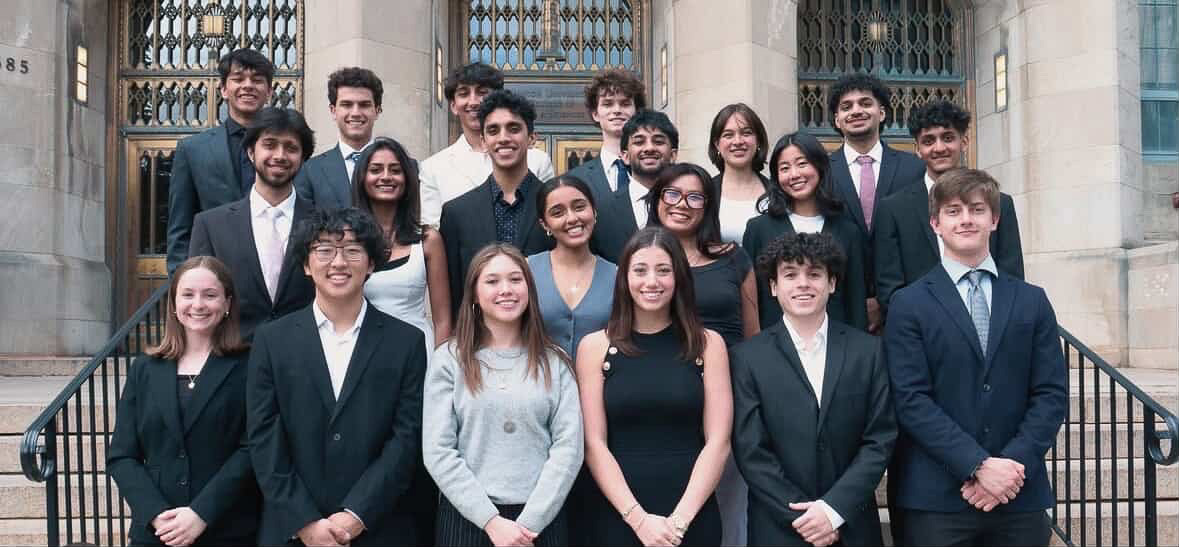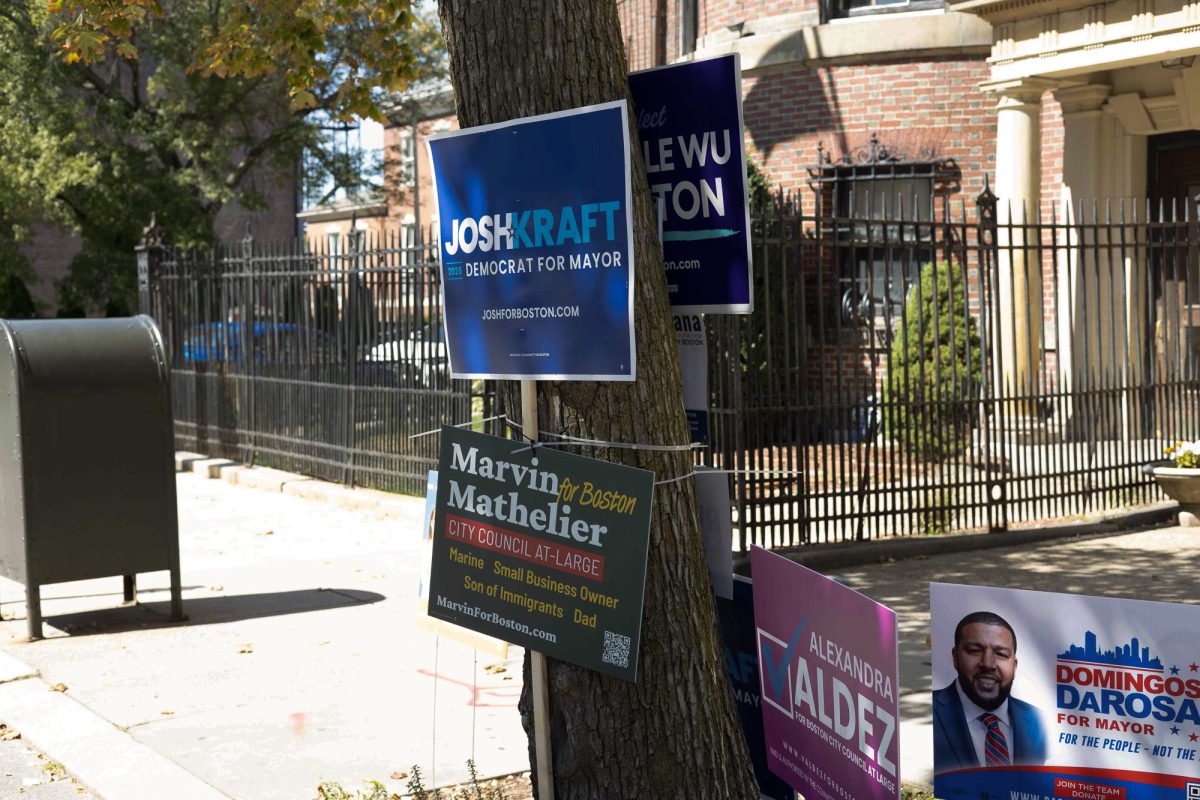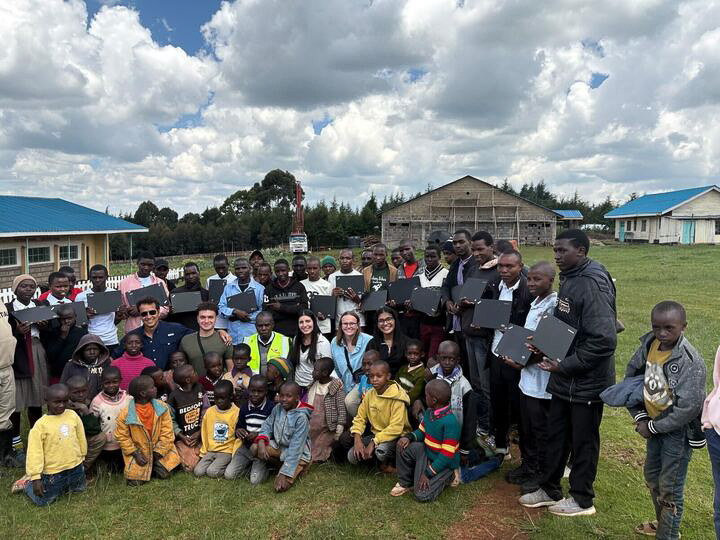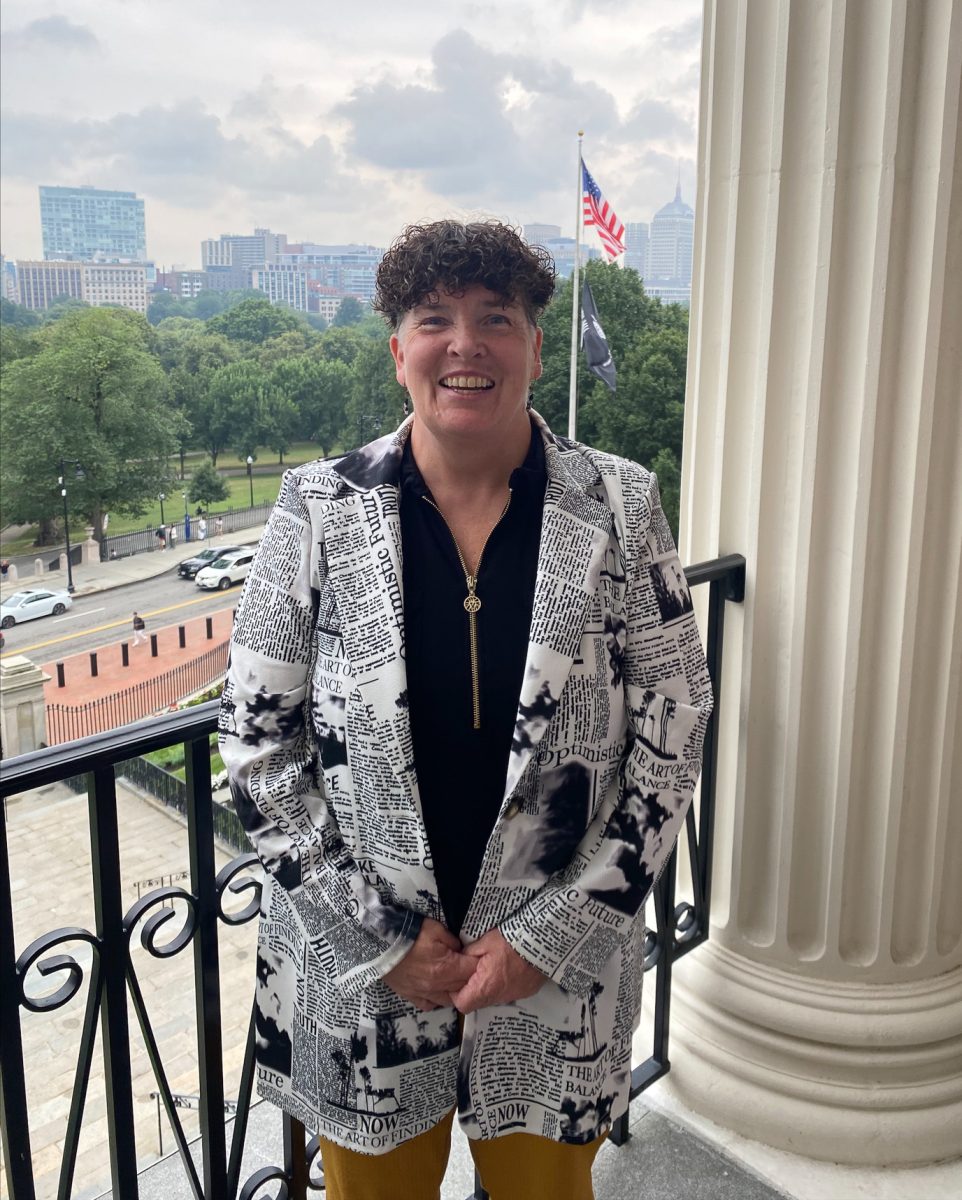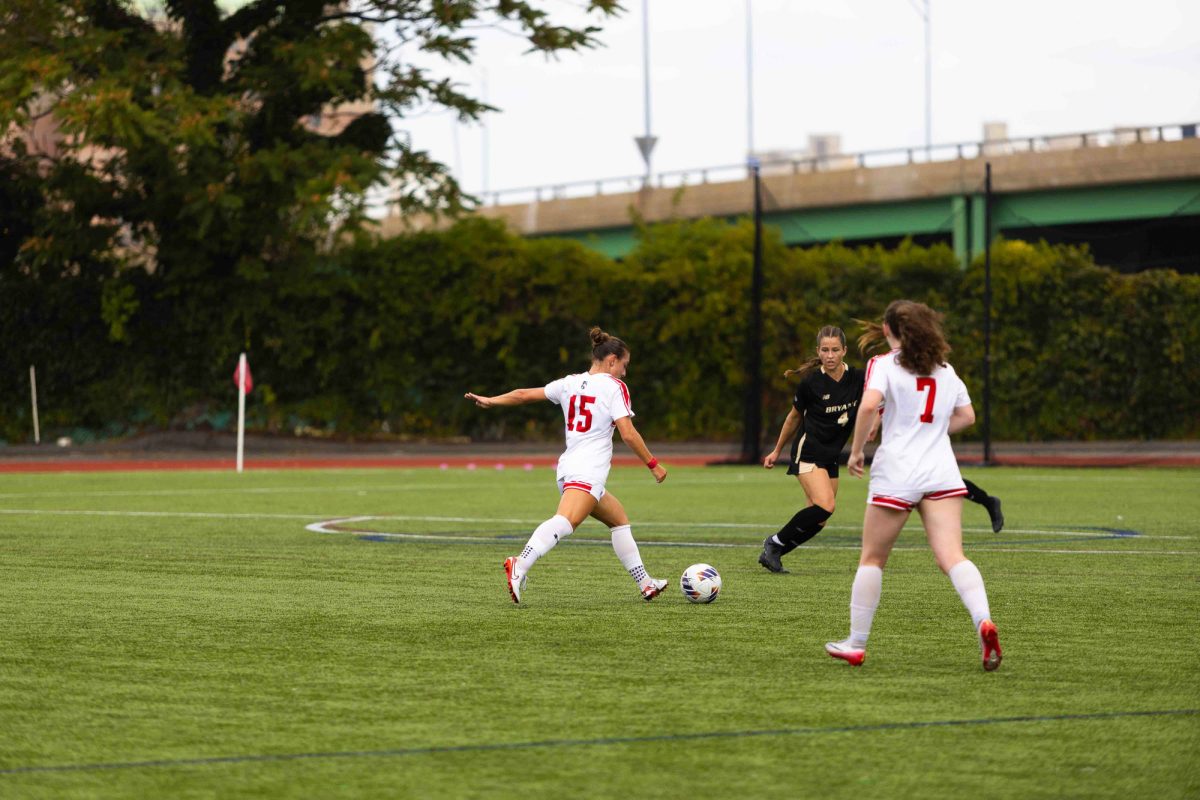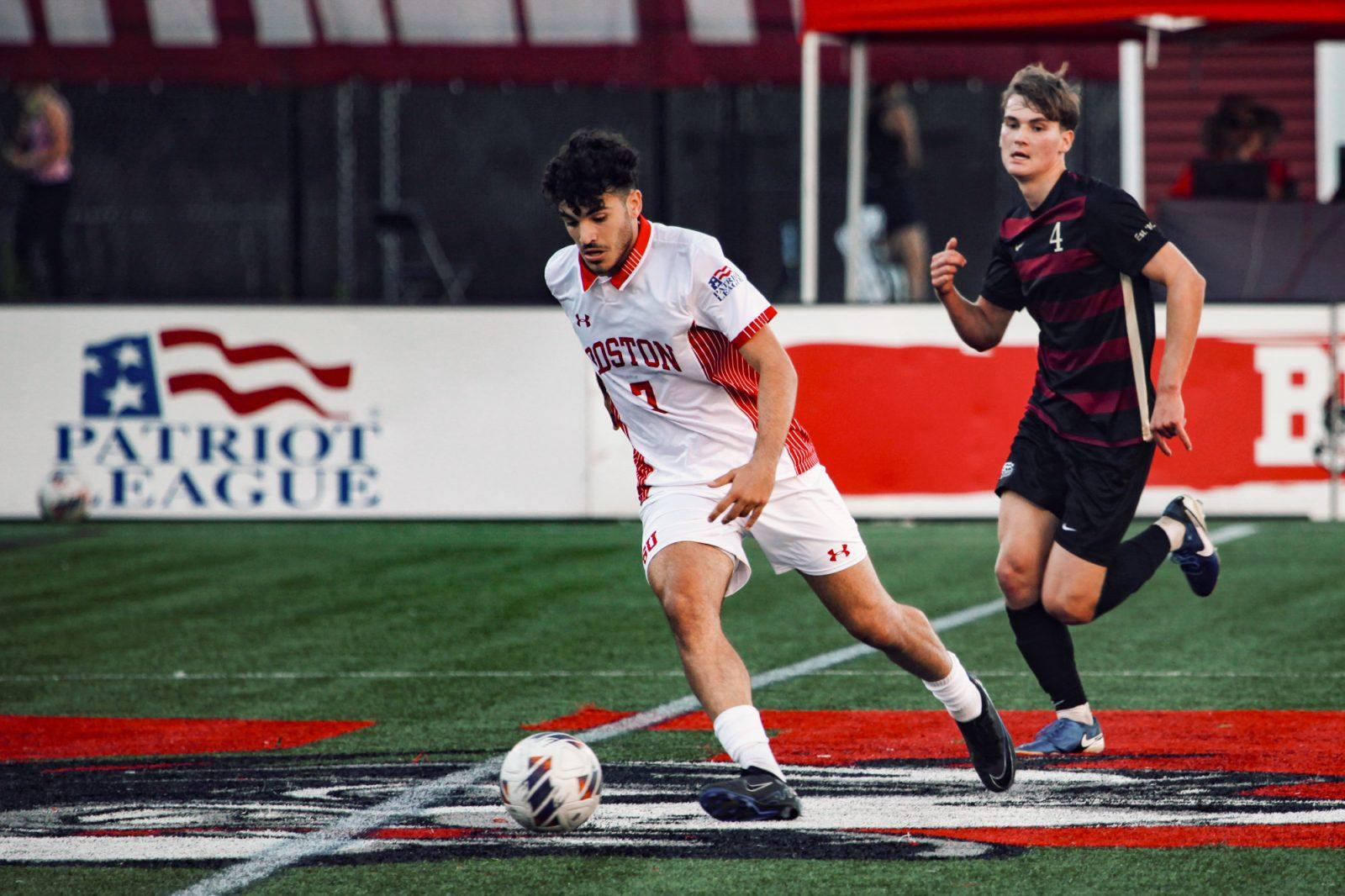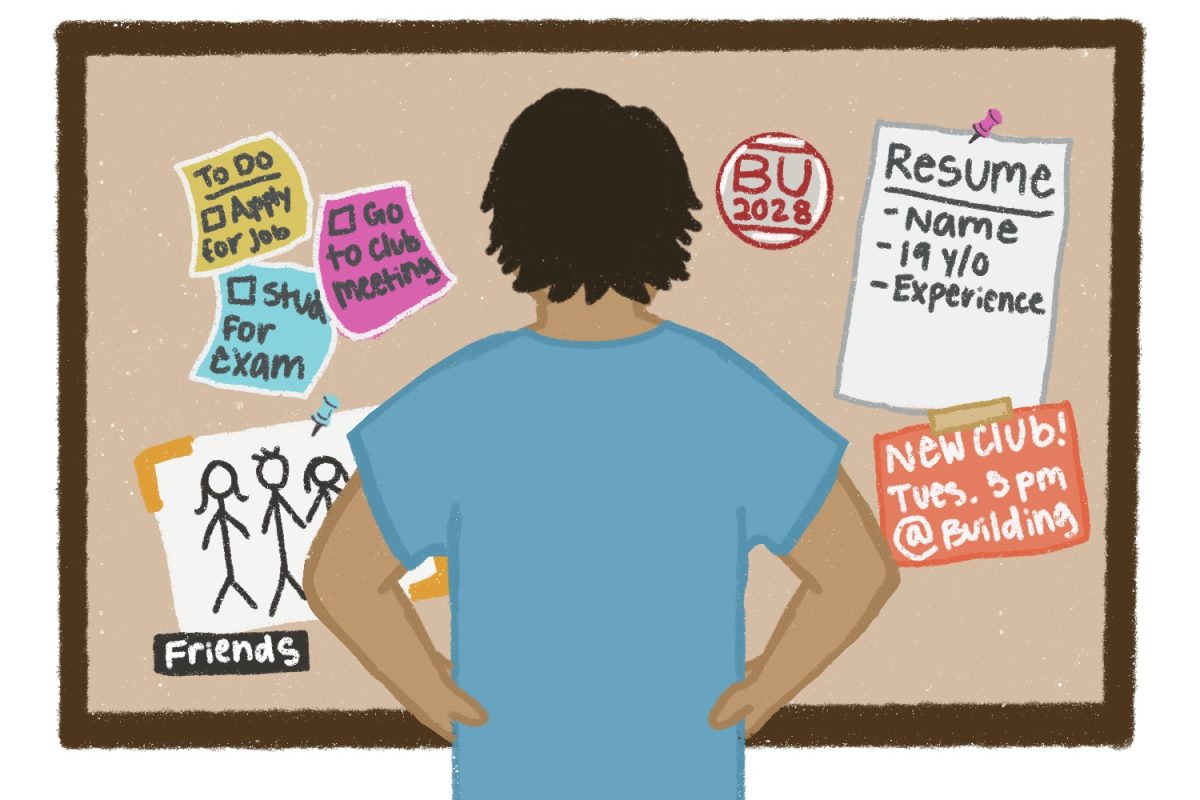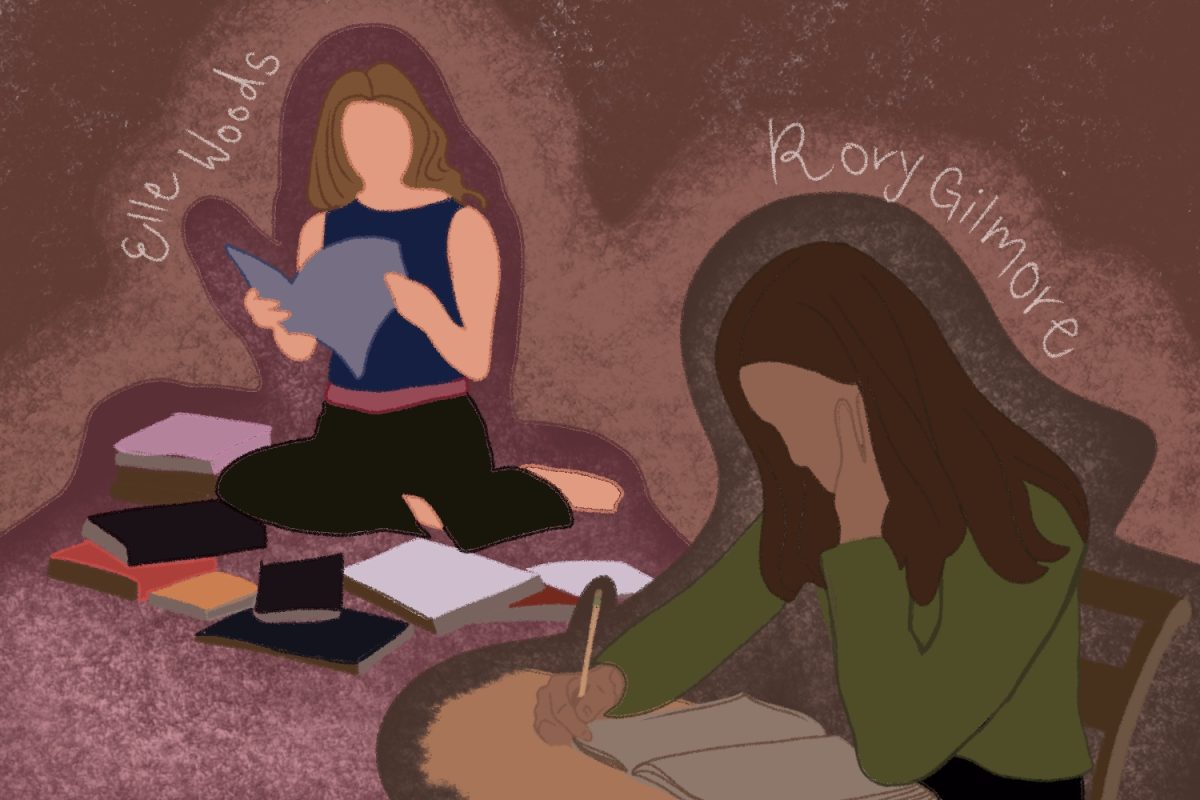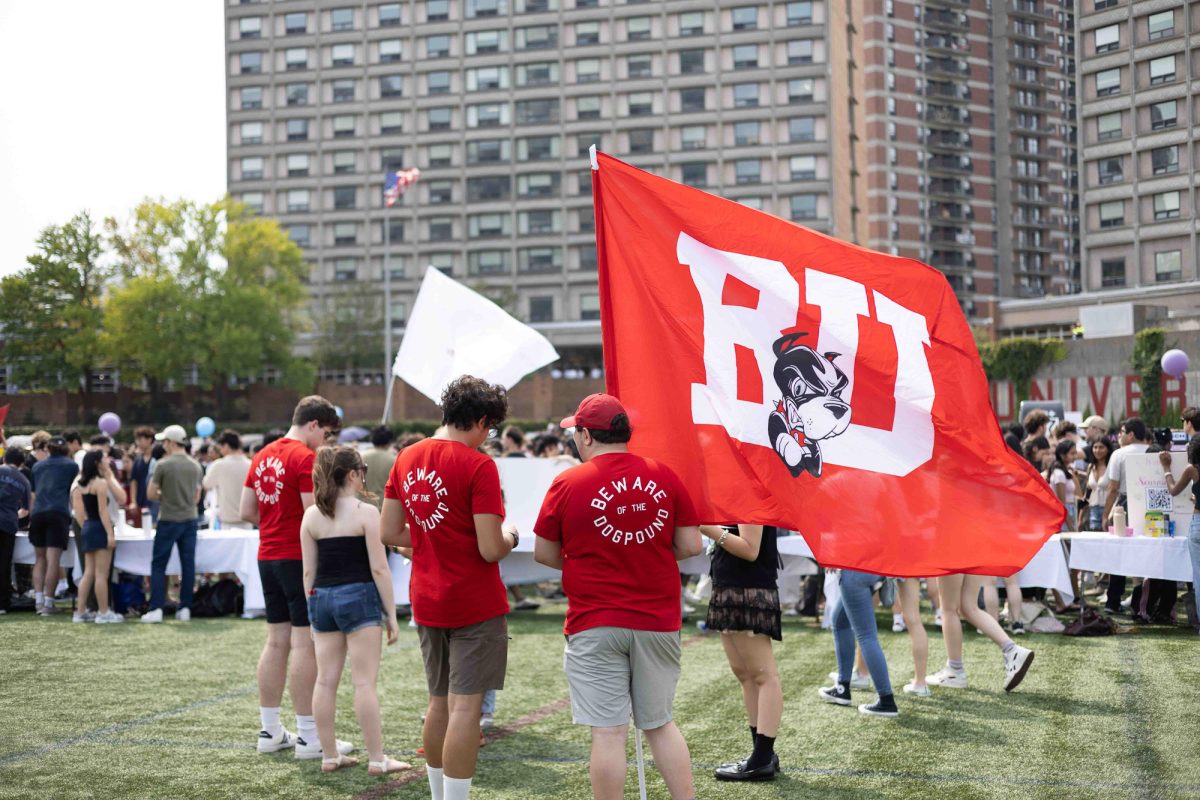The Office of Human Capital will develop a three-year plan, known as the Teacher Diversity Action Plan, to increase diversity in the Boston Public School system, Interim Superintendent of Boston Public Schools John McDonough announced Wednesday.
TDAP will have three areas of focus: workplace diversity, workplace inclusion and sustainability. The plan’s creators hope to foster a diverse faculty that matches the diversity of its student body, said BPS in a Thursday release.
“For years, we’ve been trying to have a higher retained teaching force that is reflective of the student population in terms of diversity,” said BPS spokesman Brian Ballou. “It’s been tough at times, [but] now we are proactively launching this Teacher Diversity Action Plan to recruit highly qualified diverse teaching teams that are culturally, linguistically and ethnically diverse, and we believe that by doing so, it will help in terms of the academic achievement of students.”
Over the last three years, BPS has maintained its percentages of diversity in teachers, school administrators and other employees.
In the 2011-2012 and 2012-2013 school years, 22 percent of teachers and guidance counselors in the school district were black, 10 percent were Latino and 6 percent were listed as “other”. This year, the percentage of black teachers decreased to 21 percent. All other numbers remained the same, BPS reported in a “Workplace Diversity” presentation Wednesday.
“Before 2011, [the numbers] were lower,” Ballou said. “In some years, it’s actually been above federally mandated numbers, but overall, it has been lower. It’s a challenge. We are embarking on this proactively in order to bring the ranks of highly qualified diverse teachers up. We believe that we’re on the right track to achieving these goals.”
Richard Stutman, president of the Boston Teachers Union, said the recent percentages are disappointing, compared to the numbers of 25 or 30 years ago.
“I hope the school system finally realizes that it has wandered off and not held to what guidelines it should have held to,” he said. “That would be to work towards getting the school district back on track, which would mean hiring sufficient black and other minority teachers. It is important that the teacher workforce reflect, to some degree, the student body that it teaches.”
Stutman said he hopes TDAP will create a faculty that reflects the diversity of the student body and promote a working environment that is beneficial for everyone.
“They should make the school system a little more responsive to the needs of all teachers, not just black and minority teachers,” he said. “That would help keep people in the system.”
Several residents said they support bumping the numbers of minority teachers in BPS because it is important for children of every race and ethnicity to have positive role models that look like them.
Oliver Cordero, 26, of Brighton, was placed in a Sheltered English Instruction classroom when he was a child. He said he was segregated from other English-speaking students because English was not his native language.
“Before, everything was secluded,” he said. “I used to be in a program called Sheltered English. It used to be me and everyone else who wasn’t a U.S. resident, even though I spoke English fluently. Nowadays, the students are such a diverse group and it’s all about the world experience. If you have different cultures teaching, you get to learn a little bit more about the world.”
Rachel Vincent, 19, of Fenway, said it is important for students to be taught by people who reflect the diversity of the school.
“If there’s a huge diverse student population and the teachers aren’t diverse, I don’t think that’s really beneficial because then the diverse population is still seeing their teachers as not really fostering that,” she said. “It doesn’t really help at all if the population is so diverse, but the teachers aren’t.”
Anna Cockrell, 26, of the South End, said educators serve as role models, and a diverse team of role models will be most beneficial for the student body.
“It’s more reflective of our community,” she said. It’s good to get perspectives of different people of different backgrounds. Having a set of role models that more accurately reflects the population as a whole is always important for people who are young and developing.”


